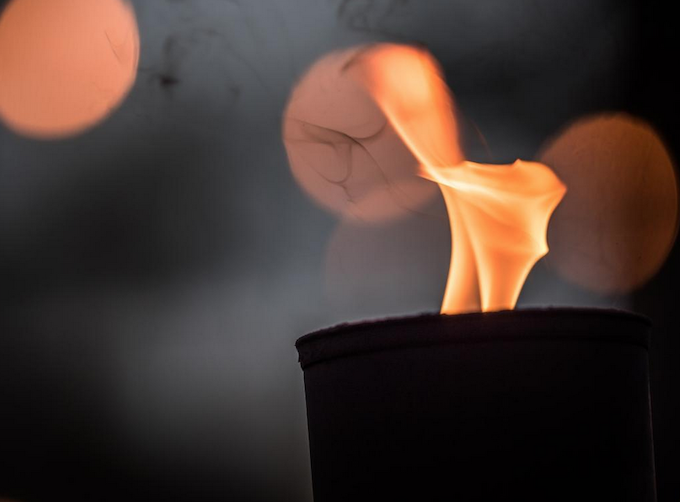
World Council of Churches
Today is Remembrance Day — marking the 70th anniversary of the largest US nuclear test detonation, Castle Bravo, which took place over Bikini Atoll in the Marshall Islands on 1 March 1954.
As one Marshallese resident noted: “It’s not the middle of nowhere to those who call it home.”
When Castle Bravo was detonated over Bikini Atoll, the immediate radioactive fallout spread to Rongelap and Utrik atolls and beyond.
- READ MORE: Pilgrimage to Marshall Islands brings new urgency for justice in wake of nuclear testing
- Other Marshall Islands nuclear testing reports
“The impacts of that test, and the 66 others which were carried out above ground and underwater in Bikini and Enewetak atolls between 1946 and 1958, left a legacy of devastating environmental and health consequences across the Marshall Islands,” said World Council of Churches (WCC) programme executive for human rights and disarmament Jennifer Philpot-Nissen.
“The UK and France followed the US and also began a programme of testing nuclear weapons in the Pacific, the final such test taking place as recently as 1996.”
Philpot-Nissen noted that the consequences of the testing across the Pacific had largely remained invisible and unaddressed.
“Very few people have received compensation or adequate assistance for the consequences they have suffered,” she said.
Advocated against nuclear weapons
The WCC has consistently advocated against nuclear weapons.
In 1950, the WCC executive committee declared that
“[t]he hydrogen bomb is the latest and most terrible step in the crescendo of warfare which has changed war from a fight between men and nations to a mass murder of human life.
Man’s rebellion against his Creator has reached such a point that, unless staved, it will bring self-destruction upon him.”
The WCC has continued to call for the complete elimination of nuclear weapons since that time, through its governing bodies, functional commissions, and member churches.
At the WCC 6th Assembly in Vancouver in 1983, Marshallese activist Darlene Keju made a speech during the Pacific Plenary, sharing that the radioactive fallout from the 67 nuclear tests was more widespread than the US had admitted, and spoke of the many unrecognised health issues in the Marshall Islands.
During a WCC visit in 2023, this speech was referred to as the moment in which the Marshallese found their voice to speak out about the continuing suffering in their communities due to the nuclear testing legacy.
Climate change link
Philpot-Nissen also noted the nexus with climate change and the environment.
“When the US ended the 12 years of nuclear testing in the Marshall Islands, they buried approximately 80,000 cubic metres of radioactive waste under a concrete dome on Runit island, Enewetak Atoll,” she said.
“In addition, 130 tons of soil from an irradiated Nevada testing site were also deposited in the dome.”
Scientists and environmental activists around the world are concerned that, due to rising sea levels, the dome is starting to crack, releasing its contents into the Pacific Ocean.
“In the Marshall Islands, the human-caused disasters on climate change and nuclear-testing converge and compound each other,” said Philpot-Nissen.
“While the Pacific islanders are faced with the remnants of a vast and sobering nuclear legacy — they have faced this with great resilience and dignity.
“The young people of the Pacific particularly are now leading the calls for an apology, for reparations, compensation, and for measures to be taken to address the damage which was done to their lands, their waters, and their people.”
Republished from WCC News.











































